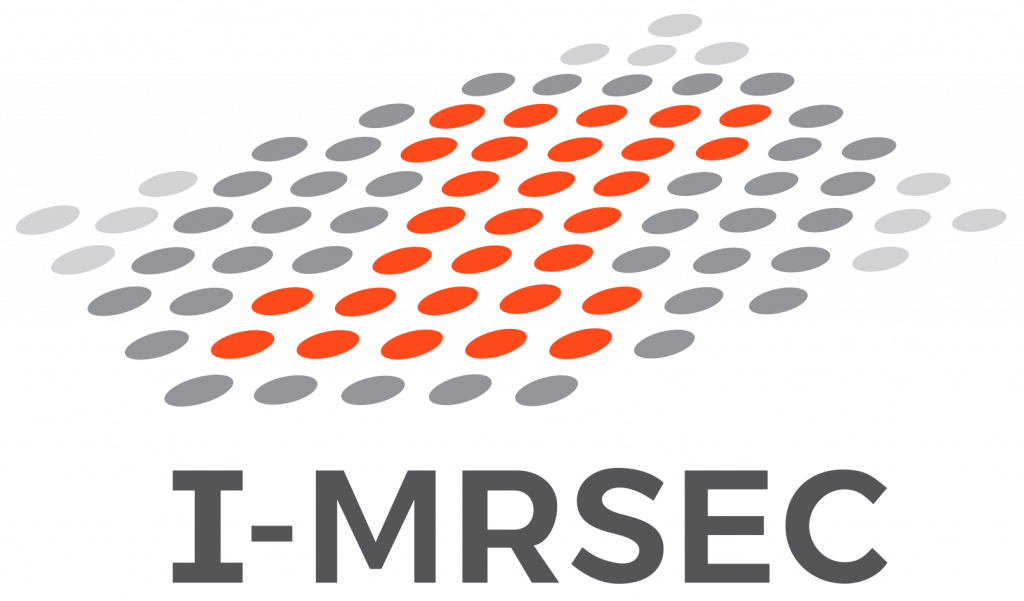Professor Vura-Weis received his B.S. degree in Chemistry from Stanford University in 1999, then worked for several years as a software developer. The call of the lab beckoned, so he interned with Prof. Ed Solomon for a year to learn how electronic structure calculations can complement sensitive experimental techniques. He them moved to Northwestern University, where he worked with Profs. Mike Wasielewski and Mark Ratner as an NSF Graduate Research Fellow. After receiving his Ph.D. in 2009 he moved to Prof Steve Leone’s lab at UC Berkeley as an NSF ACC-F Postdoctoral Fellow. He joined the University of Illinois faculty as an Assistant Professor in Fall 2013. His group uses advanced laser techniques to study the excited-state electronic and vibrational dynamics of inorganic and organometallic chromophores and photocatalysts. In 2023 he was awarded the ACS Richard Van Duyne Early Career Award in Experimental
Physical Chemistry
Research
Research Description
Many of the most difficult reactions performed by natural enzymes, such as water oxidation or dinitrogen reduction, occur at multimetallic transition metal clusters that both accumulate electrons or holes and serve as substrate binding and catalytic sites. These clusters serve as inspiration for synthetic chemists seeking to design artificial catalysts for production of solar fuels. We will measure electronic and vibrational dynamics of transition metal photocatalysts in solution with elemental and oxidation state specificity and ~30 femtosecond time resolution using tabletop ultrafast x-ray transient absorption spectroscopy. This technique, which generates extreme ultraviolet / soft x-ray pulses from a laser source using high-harmonic generation, will resolve critical details of the multiple steps comprising these photocatalytic reactions, from light absorption to bond-formation and release of products. Projects in our group will involve inorganic synthesis, femtosecond laser spectroscopy, and ab initio calculations of electronic structure and dynamics. In the long term, this research program will accelerate the development of photocatalysts for solar fuels production, enable quantitative prediction of electron dynamics in transition metal systems, and establish tabletop x-ray spectroscopy as a powerful tool for the study of inorganic and organometallic photochemistry.
Our technique
X-ray absorption spectroscopy is an immensely powerful technique because it is element-specific, oxidation state-specific, and spin state-specific. We will generate sub-30 femtosecond x-ray pulses in our own laboratory using the technique of High-Harmonic Generation. A powerful near-infrared laser pulse is focused into Neon gas, where the intense electric field ionizes the gas atoms, accelerates the free electrons, then drives them back into the gas nuclei, releasing a pulse of x-rays in the 30-100 eV range (more accurately labeled the Extreme Ultraviolet). This spectral region coincides with the 3p ->3d absorption in first-row transition metals (the so-called M2,3-edge). The shape of this absorption feature is therefore a sensitive measure of the structure of the unoccupied d orbitals (which are the “business end” of most metal-containing catalysts).
What we want to learn
Transition metal clusters that catalyze multielectron reactions accumulate up to eight redox electrons or holes over a series of single electron transfer events. Much of the effort in understanding the mechanism of these clusters centers around determining the oxidation and spin state, or more generally the electronic structure, of each metal during and after each charge transfer step. In collaboration with the Rauchfuss group, we will synthesize multimetallic synthetic analogues of natural reaction centers and measure the dynamics of photoinduced electron transfer to each metal. The elemental and oxidation state specificity of x-ray absorption will allow us to determine whether the electron tunnels directly to a localized state on a particular metal or passes through one or more intermediate states. Future projects will include measuring ultrafast spin-state switching in molecular magnets, observing vibrational dynamics in protein active sites, and determining catalytic pathways by monitoring the electronic structure of metal sites in real time as substrate bonds are formed and broken.
How we interpret our results
Both semiempirical and ab initio calculations are used to predict and interpret our x-ray absorption spectra. We are actively collaborating with several groups at the forefront of this field. In addition, we will work closely with the world-class theoretical chemists at UIUC to model the electron transfer pathways and excited-state electronic structure.

